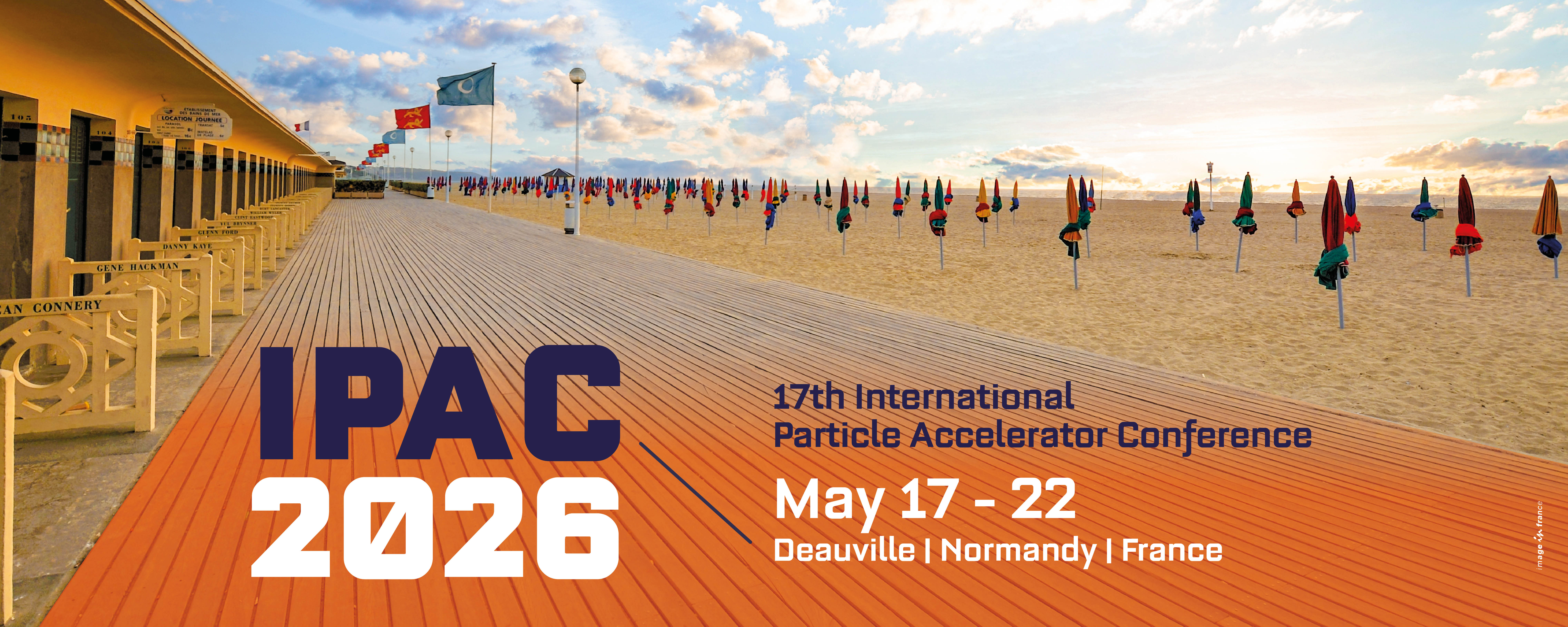Speaker
Description
Generation of rare isotope beams by means of in-flight separation of nuclear fragments and fission products requires complex optical structures usually comprising multiple separator stages. Large apertur magnets providing maximum acceptance, radiation hard and superconducting are used to separate the reference isotope from the bulk of the primary and secondary heayv ion beam. The pre-separator stages are designed to dump a majority of the secondary beam in a controlled way and are therefore often a challenge for radioprotection, shielding and beam catchers. The complex optics of fragment separators makes use of energy degraders, intermediate focal- and image planes to minimie contamination of the desired isotopes. A comparison of optical designs and magnet technologies will be presented.

